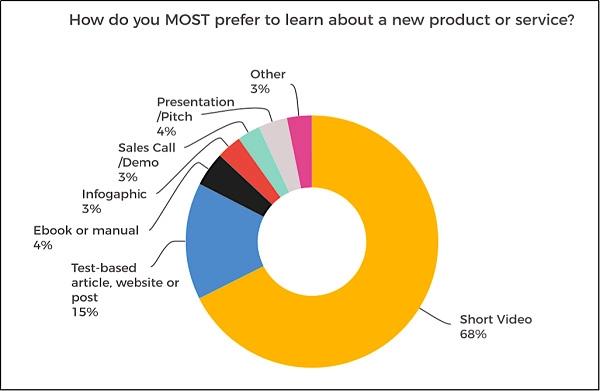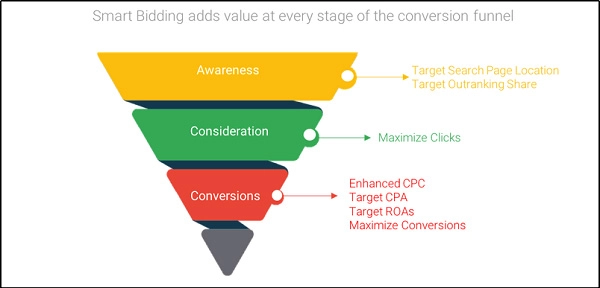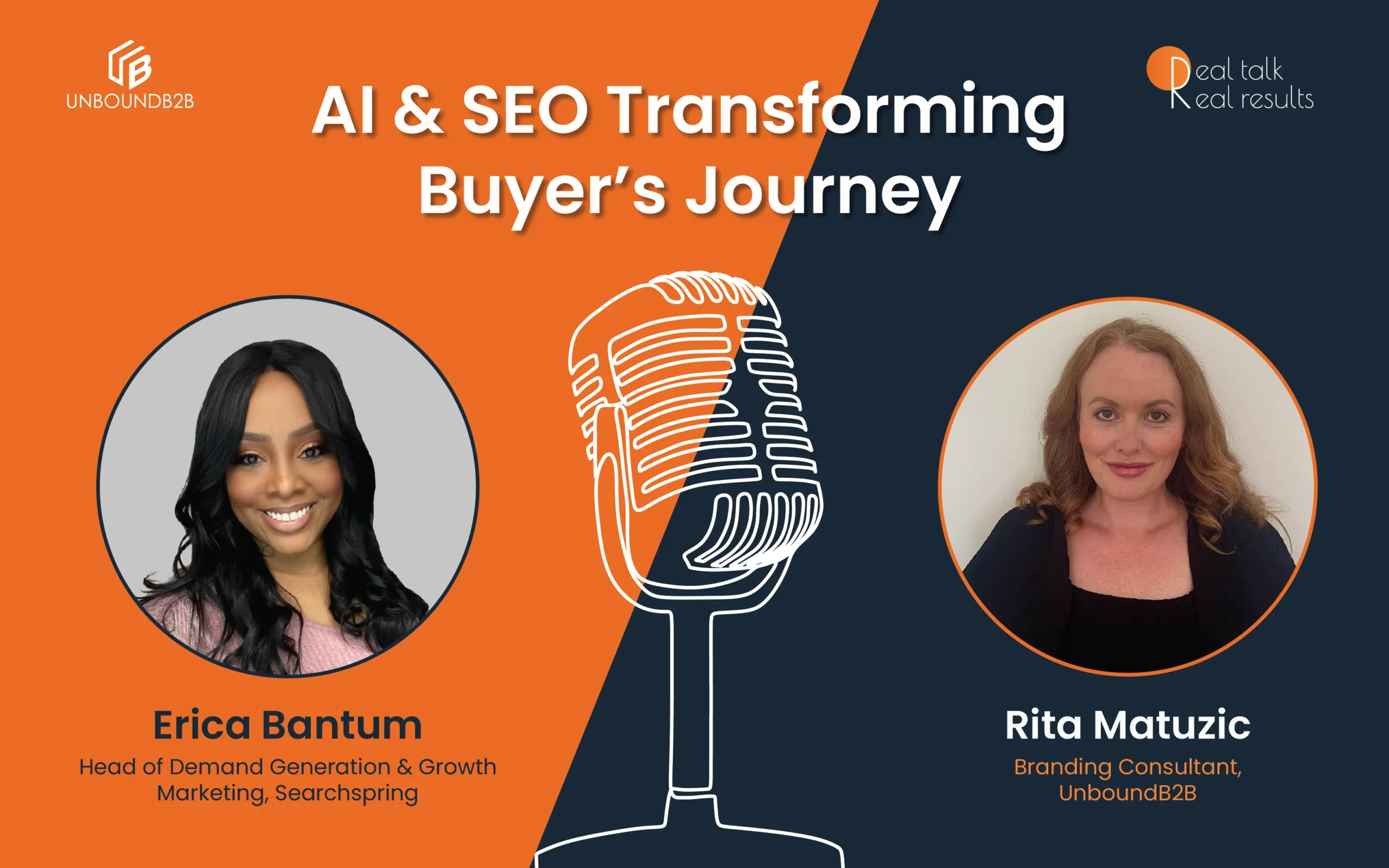
Introduction
2020 was a year of revolutionary adoption in the context of technology. From video conferencing platforms to chatbots, the COVID-19 pandemic forced marketers to experiment with technologies that they would never otherwise have considered.
As the world begins to reopen in 2021, it is too early to predict how many of these technologies will continue to reign marketers. We are not sure if they will prove to be lasting components of a new normal or temporary adjustments of lockdown life?
Nobody can tell what the future of marketing would look like with complete accuracy. But experts can provide their perspectives and forecasts of some of the opportunities that might be accessible in the coming years.
To spot them, it is critical to keep an eye on numbers, analysis, and data trends. However, make sure there’s plenty of room in your marketing plan to adapt and adjust.
So, let’s begin.
First stop. Themes According to Gartner, all marketing trends are most likely to fall under the following themes in 2021.
- People Centricity: While the pandemic changed how individuals operate and engage with businesses, “people” are still the core drivers of the economy. And to work in the existing environment, businesses will have to digitize their process more rigorously.
- Location Independence: COVID-19 has altered how employees, customers and organizations coexisted physically. To sustain this new version of business, the definition of location will need a digital transformation.
- Resilient Delivery: Pandemic or recession, the world is full of uncertainties. Companies should be prepared to pivot and adapt to all kinds of disruptions
With these factors in mind, we have rounded up a few areas of new technology that are most likely to impact marketers in 2021 and beyond.
7 Biggest Technology Trends to Watch Out in 2023
- Internet Of Behaviors (I0B)
- AI-Based Automation
- Live Videos
- Hyper-Local Marketing
- Smart Bidding
- Data Analytics
- Voice Search
1. Internet Of Behaviors (I0B)
You must be familiar with IoT or Internet of Things, that happens to be a network of interconnected things that gather and exchange data over the internet. Similarly, the Internet of Behavior (IoB) combines IoT with data analytics and behavioral science.
What IoB does is try to make sense of human behavior such as buying a product, following their favorite brand on social media or washing hands in the workplace
For example, by implementing IoB, a telematic may track driver’s abrupt braking, and violent turns for commercial vehicles. Later, companies may leverage the information to monitor drivers’ performance and enhance their efficiency.
Another example is as companies are gradually inviting employees to return to their workplace, they can use sensors or RFID tags to determine whether employees are washing their hands regularly or wearing masks while speaking. They can use the data to warn people of protocol violations.
2. AI-Based Automation
Will the year 2021 mark the rise of robots? Perhaps (but preferably not in the style of science fiction apocalyptic cinema!)
Over the last few years, we have already seen tremendous developments in AI, and a great spike in the number of companies using AI-powered automation to support their marketing strategies.
AI is among the big technologies behind smart assistants and voice search. Chatbots are also gradually picking up pace and showing up on more websites.
AI and automation are taking some of the hard work out of marketing so that companies can focus on strategies that deliver a better customer experience.
Assisted by predictive analytics, big data can also allow marketers to understand more about their customers, ultimately leading to more customer acquisition. Off late, it has been enabling hyper-personalization and scalable marketing communications.
Note, the human aspect of marketing is still important. So, the goal is to boost marketing efforts, and not replace the actual people behind it.
3. Live Videos
The live video streaming market is projected to hit 184.3 billion by 2027. People find live streams enjoyable because they give them the opportunity to see real footage, watch videos from behind-the-scenes or engage with industry experts live.
The technology is also useful for business as it boosts awareness and curiosity for their brands. Many companies are already investing in live videos. While some hosts live Q&A sessions, many others sponsor live product tutorials from social media influencers.
That being said, the global watch time for live content was up 250% in 2020.

Source: wyzowl.com
4. Hyper-Local Marketing
In addition to the growth of IoT devices and high demands for tailored customer support, the use of geolocation data in marketing is also growing.
Local marketing is not a new concept for businesses. From the smallest to the largest global brands understand the value of customizing their marketing messages at a local level.
And, whether you are looking for a coffee or a new pair of shoes, search engines like Google have been really successful at serving local businesses.
More than 84 percent (8 in 10) marketers currently use location data in their marketing and advertising campaigns. 94 percent expect to do so in the future.
Now that everybody has a smartphone, marketers can target potential customers with messages when they are a few meters away from their store.
By pairing geolocation with IoT technologies means there is a chance of some sophisticated and targeted marketing in the making. For instance, as a customer passes near the grocery store, they can get a reminder that they are running low in milk.
5. Smart Bidding
By smart bidding, we mean automated smart bidding strategies available in Google Ads.
Automatization has recently been the talk of the town in the world of digital marketers. Marketers invest plenty of time and money in optimizing keywords and bids while running a Google Advertising campaign.
The concept of automated bidding on Google Ads takes all the speculations and guessworks away, and helps marketers accomplish their goals more easily. Google reviews all data and alters the bids accordingly to boost efficiency and improve campaign performance.
While automated bidding isn’t a new concept. But Google has improved a lot lately.

Source: thinkwithgoogle.com
6. Data Analytics
Most brands treat data analytics as a necessity, and marketers still have a lot on their plate to consume.
It is high time, marketers should understand how to utilize the collected customer data. From customers’ buying habits to the items they prefer the most to informing about the best way to reach them, businesses are continuously fed with personal data.
What are customers expecting in return? Some tailored ads and targeted deals.
Marketers, therefore, need to do more than just collect information. The data should be meaningful, and companies must be leveraging that data to enhance their marketing strategies.
Data analytics saves the day. They provide marketers enough information that it gets easier to personalize customer interactions.
7. Voice Search
Every year, technology seems to get better, and voice recognition is no different. Voice search can now boast a 95% accuracy score, which is the same as most humans.
No wonder, thousands of new voice command systems are sold across the globe each day. As digital marketers if you haven’t started focusing on voice search yet, you are missing out on a huge chunk of your audience.
Also remember, when people use voice search they hardly search for short terms and use full sentences instead. Mostly, like how they usually speak.
If people are asking “how to bake a cake with a microwave” and if you are into the food business, you should be optimizing your content based on similar responses. Long-tail and question/answer-based keywords is your holy grail in 2021.
Conclusion
Now is the time to start planning your 2021 marketing strategy with the above technologies in mind. Focus your efforts around customer-centered marketing. After all, this has been the trend of a while now and won’t die in the near future.
Are you using any other technology as part of your marketing plan? Share your ideas in the comment section below.
Our blog
Latest blog posts
Tool and strategies modern teams need to help their companies grow.

Personalization is the key to digital marketing and SEO success for e-commerce organi...

B2B companies must retain current customers and attract new ones to keep their revenu...

B2B content marketing is different from B2C, and it comes with its own set of challen...



